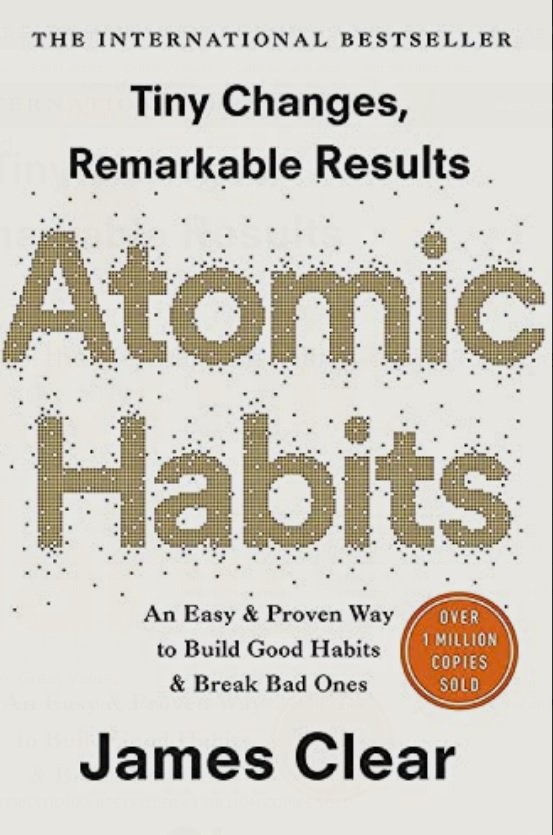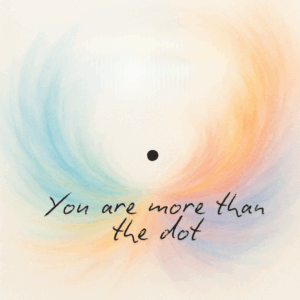Atomic Habits – “Good habits are as addictive as bad habits, and a lot more rewarding.”
Harvey Mackay
Creatures of Habit
Atomic Habits. When you look closely at human behaviour you soon discover that we are indeed creatures of habit. Habits allow us to do things on automatic pilot, without thinking. Typical habits are driving the car, writing a shopping list, doing the washing up, (can you think of your own?) So they help us live life without the burden of having to remember what to do all the time. Habits give us the space and mind capacity to be creative, set goals and move towards them, they help us enjoy life. So they are useful, in fact it would be a tedious existence without them.
Often we forget the good habits and focus on the not so good ones. “The squeaky wheel gets the oil”. The reason for this is that the unhelpful habits cause discomfort in our lives and so demand our attention.
(Examples of unhelpful habits are drinking, smoking or eating too much or other forms of alleviating psychological discomfort. Also habits of living from emotions (e.g. anxiety , depression, anger) that are no longer helpful)
In many ways therapy is all about breaking unhelpful habits so that we are free from their influence, giving us an opportunity to build new and more helpful habits.
As Milton Erikson (the father of hypnotherapy said) “Therapy is not about changing the past its about changing the future”. I like to think that its also about creating more helpful habits to live that changed future.
How to create a new habit ? (Atomic Habits -James Clear)
There are many strategies for creating a new habit. Rather than me doing a detailed explanation in this blog I’d like to point you to a very helpful and easy to read book on the subject. “The Atomic Habits” by James Clear.

The “Atomic Habits” book focuses on the structure of habits and how we can create new and more helpful ones. It focuses on the process rather than the subject (i.e. the unhelpful eating, smoking etc.) so that the emotional content of habits does not distract us from the habit creating process.
What you will find in the Atomic Habits book is a beautifully described process of how habits are formed, with engaging stories and a lovely reasoned and logical approach. The clarity and simplicity of the writing is what makes the process of changing habits so much more easier.
The easy of reading and following of the subject is the sign of a writer that truly knows the subject. They have gone through the initial complexity of changing habits and popped out the other side with a clarity and simplicity that makes it easier for the reader to follow and reproduce.
Examples of some of the approaches covered in the book
1% gain – Atomic Habits
Atomic Habits – Often we want to make big changes in our lives in one big leap. However if you have tried to do that before you will know that it doesn’t work. What does work are small 1% marginal gains:
- Small changes work because they are easy to implement. This is especially true when someone is overwhelmed with the consequences of their unhelpful habits. In that situation all they are able to do is small changes.
- Small changes also have a compounded interest quality to them. The more small changes you make, the more you get a sense of change and the more you want to change. Imagine taking a small step towards your goal every day for a year, that’s already 365 steps closer to the goal than if you waited all year to do that one big step (the big step that you may never take). So small steps are a great way of avoiding the disappointment of being stuck without action for another year.
Focus on the process of habit change (Atomic Habits)
We are told to set meaningful and engaging goals to drive us forward. The pull of those goals is meant to be enough to get us over any inertial that has stopped us moving forward. However often that is not enough, we need something else.
That something else is to have a process in place to reach our goals. The goal is “Change” the process is the “how to”. When we know what to do, there is a strong likely-hood that we will take the necessary steps. Part of that process could be to take that 1% marginal gain each day. The book “Atomic Habit” maps out a simple to follow process, it is the know how.
Focus on what you want rather than on what you don’t want
This step seems like an obvious thing to do, however you will be surprised how often clients focus on what they don’t want. If for example I said to you don’t think of a blue elephant what happens ? I’m guessing that you would have thought of a blue elephant. The same is true with thought patterns such as “Don’t be anxious”, “Don’t be depressed”, “Don’t smoke” , “Don’t eat those doughnuts”. The mind doesn’t hear the “Don’t” but hears the rest of the sentence e.g. “be anxious” and so promptly goes and generated that for us. Unwittingly we create the one thing that we are looking to eliminate or change. So instead focus on what you do want, e.g. “to be relaxed” “to eat healthily”.
Make it simple and visible (Atomic Habits)
Walt Whitman said “Life is simple if it was complicated then everybody would understand it”. The same is true with creating habits, when things are simple and easy to do we expend less energy and therefore are more likely to do them. What makes creating a new habit simple is to make the steps easy and visible. Visibility acts as a prompt and a reminder to do that habit.
An example of this is batch preparing healthy meals at the start of the week. Having the meals ready supports healthy eating because during the busy day and week we don’t have time to prepare health meals. If the meals are already ready then the chance is we’ll do the right thing! The same is true for a habit of filling out gratitude diaries just before sleep. Placing the diary and pen next to the bed will remind you of the practice and will make it easier to do.
So those are four examples how the book supports and explains habit change. There is so much more in the book.
In summary to change to a new habit:
- Focus on what you want rather than what you don’t want.
- Make the process rewarding so that you want to make the change.
- Make the process clear, simple, visible and easy to do.
How this relates to Hypnotherapy
Clients come to therapy because they are aware of unhelpful habits. They want to get ride of those unhelpful behaviours or unpleasant feelings, like anxiety and depression. Therapy helps with that desire.
In the case of solution focused hypnotherapy we focus on developing good habits as well as creating new ones rather than focusing on the unhelpful habits. This is based on the premise that it is easier to create a new habit that change an unhelpful one.
The solution focused hypnotherapy strategy helps create a habit of focusing on the good things in our lives, so that we increase the sense of wellbeing. When we feel better, we think more clearly, more optimistically and so make better choices in our lives. A very simple and easy to implement strategy that packs a big punch. I like the quote “When you focus on the good the good gets better” 😊.
The other habits that we encourage are positive action, positive interaction and positive thinking, sometimes know as the 3Ps of happiness (see also “the three peas of happiness blog”). When we do the 3Ps we create the wellbeing neurotransmitter serotonin.
Hypnotherapy also encourages better sleep patterns by giving the clients a relaxing mp3 to listen to just before they go to sleep at night. The mp3 helps the clients sleep and process their day more positively so that they wake up refreshed and ready to start their day. They don’t even have to stay awake to listen to it. How easy is that? Small actions lead to big changes!
For more information and a positive first step
Of course there is a little more to it than that, but even just doing the above repeatedly will provide results. If you would like to know more about how hypnotherapy can help you, take advantage of a FREE one hour consultation. During the consultation you will learn how the mind works, how we create anxiety, anger and depression and unhelpful behaviours but more importantly what we can do about them.
Accreditation :National Council of Hypnotherapy (NCH), Association of Solution Focused Hypnotherapy (AfSFH), Association of Neuro-linguistic Programmers (ANLP)





